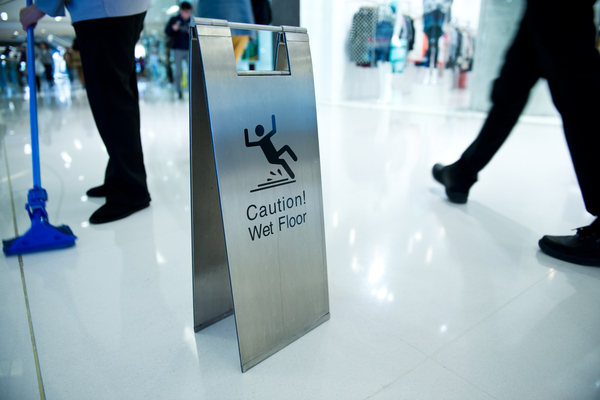Be as proactive as possible to prevent worker exposures

As a safety professional, I’ve spent many hours investigating accidents and incidents in the workplace. They have provided much needed information to determine the root causes associated with the event and the recommendations needed to correct the situation. However, they are considered a reactive process since the event has already resulted or could have resulted in harm to the worker (such as exposure to the hazard).
The best approach is to be proactive by identifying possible unsafe workplace conditions before they can become an incident or accident. I call this process hazardous condition reporting. Its purpose is to encourage people to identify and report unsafe workplace conditions before they lead to worker exposure that can cause injuries or damage to equipment/structures. This also includes circumstances such as deviations from standards or safe practices which could lead to the occurrence of incidents or accidents.
The hazardous condition reporting utilizes your existing safety processes such as health and safety committee inspections, supervisory field visits and pre-job safety analysis. But they should also be performed by all workers in the field. The more issues that we can observe and identify, the greater we can increase our ability to address these potential problems before they can create worker exposure to the hazards.
One very successful way of achieving the evaluation component of the hazardous condition reporting is by using a Behaviour Based Safety (BBS) system in your workplace. The process relies on feedback from workers who are observing other workers in the field. It allows for many people to be actively participating in identifying these unsafe conditions.
Another good way of achieving success is to teach workers hazard recognition which will help them to identify potential unsafe conditions especially when they are preparing their job safety analysis sheets or cards before they begin the work.
As with any safety process, hazardous condition reporting should have a written procedure that includes the report format, the assessment process, the solution/corrective action process and finally the communication process that will inform workers.
It is a worker’s duty and responsibility to report any hazardous conditions. This process will help everyone to identify and eliminate/control hazards before they become an incident or accident. In the end, we want everybody to report unsafe conditions so we can learn to correct and prevent injuries.






